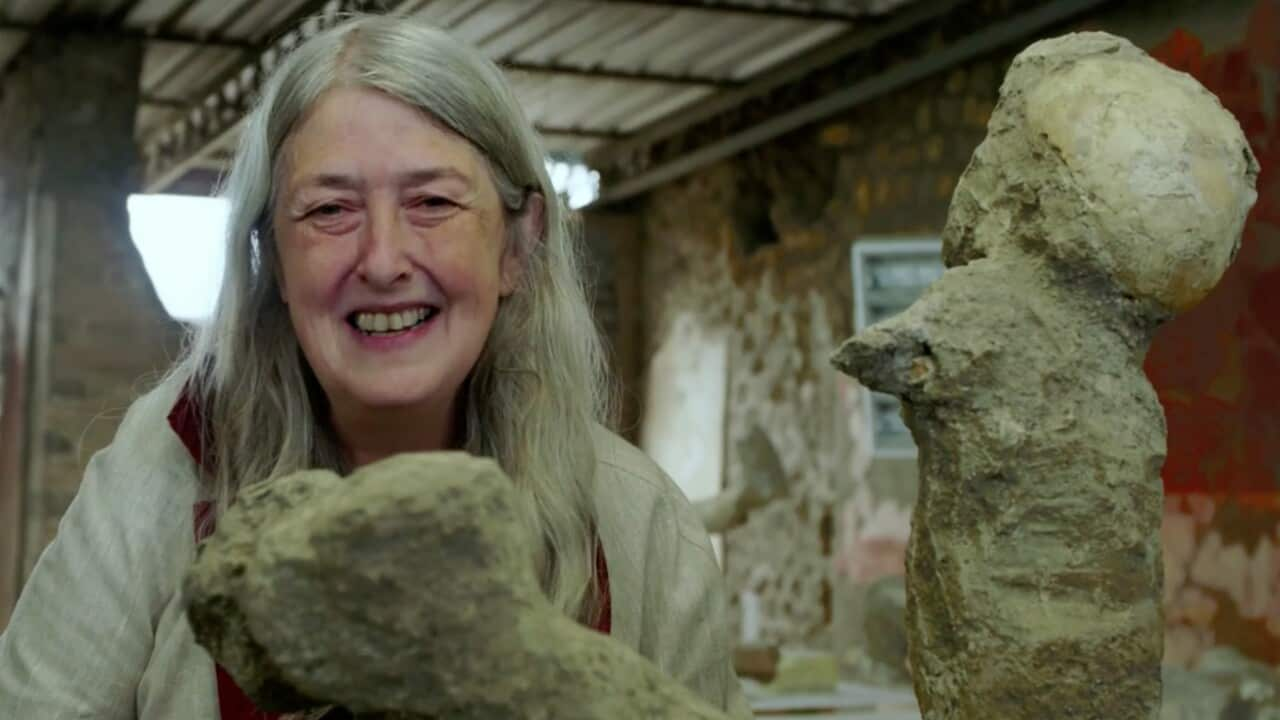Pompeii was buried under ash and lava when Mount Vesuvius erupted in 79 AD. Almost 2000 years later, TV's favourite professor Mary Beard has used state-of-the-art forensic technology in the SBS On Demand documentary Pompeii: New Secrets Revealed with Mary Beard to describe life there in unprecedented detail.
Here's what we learnt...
Being a kid wasn’t much fun
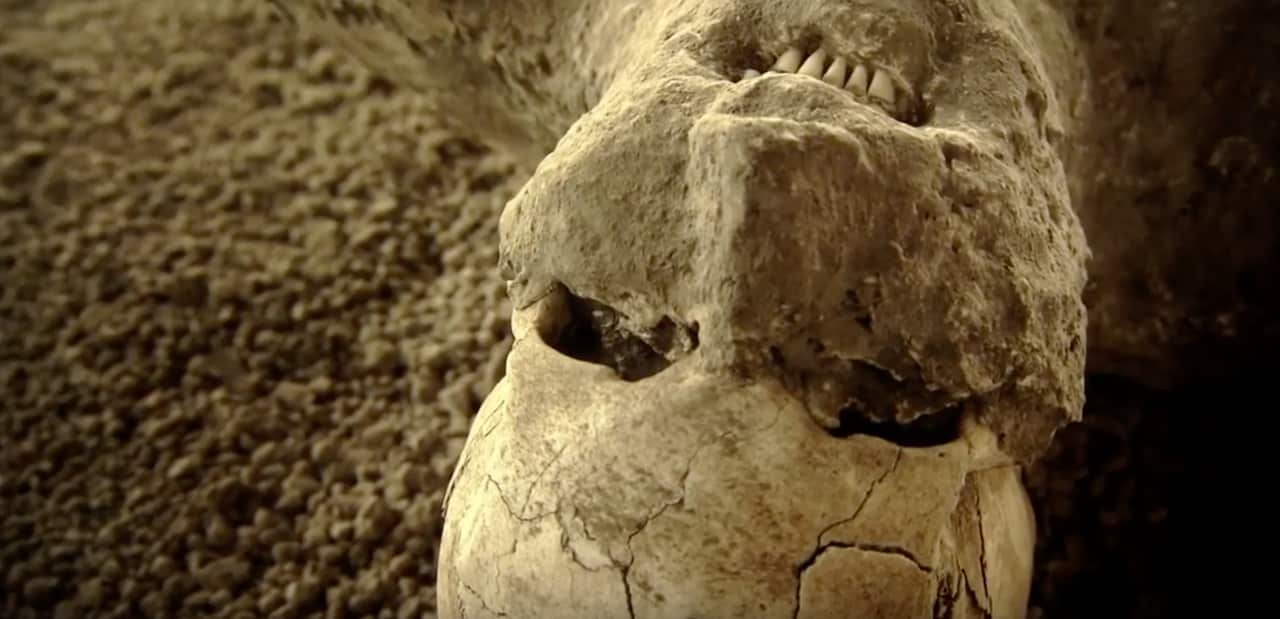
Teeth can reveal what diseases that person had suffered from. Source: BBC
Intriguingly, signs of congenital syphilis were found in the skeletal remains of a pair of twins suggesting that the disease wasn’t transmitted to Europe by Christopher Columbus and his crew in the 15th century as had been thought.
Sporting hooliganism was rife
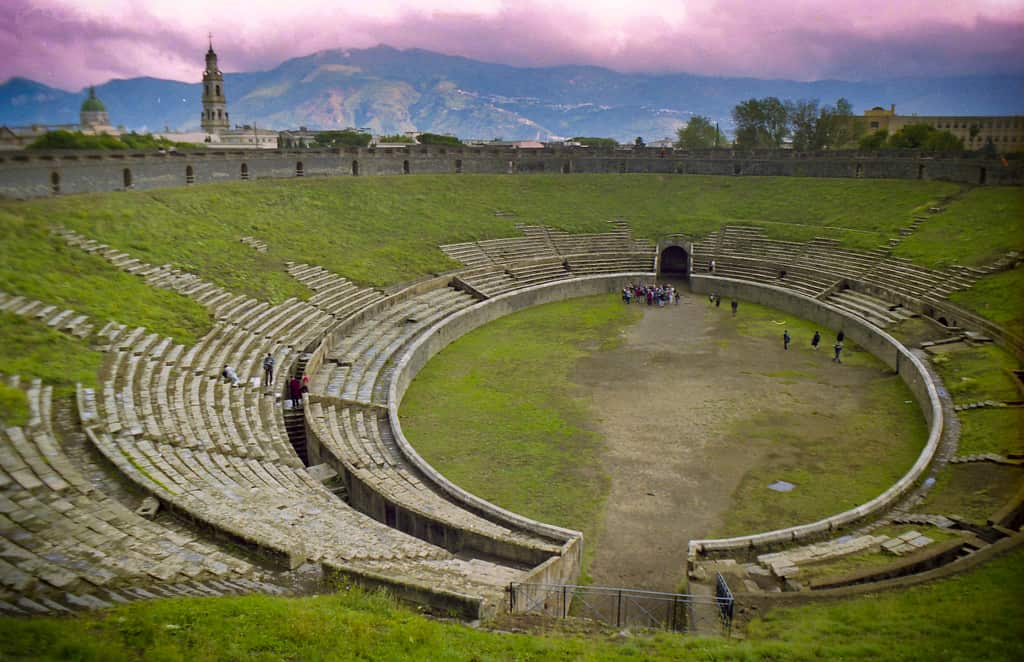
The amphitheatre at Pompeii. Source: BBC
Sex was on everyone's mind - and walls
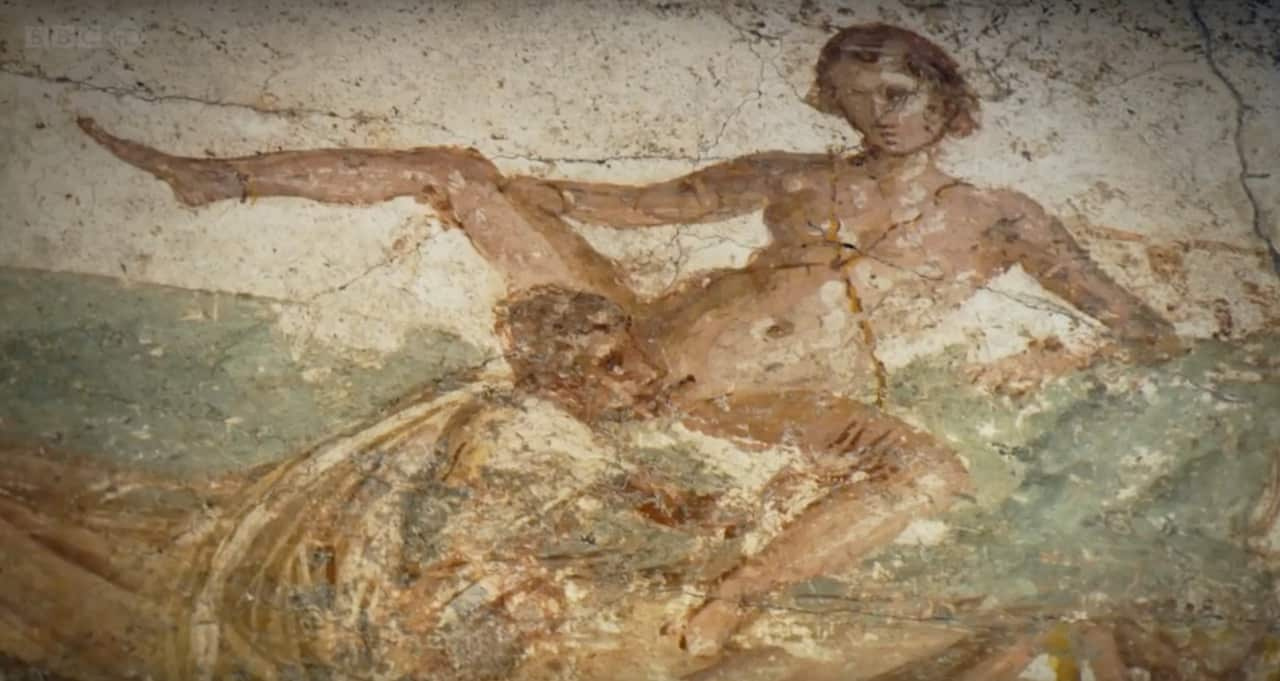
A Pompeii fresco depicting a couple gettin' jiggy with it. Source: BBC
Society was literally phalocentric

Professor Beard gets hands-on with an excited bronze hunchback pigmy. Source: BBC
One artifact is particularly quaint. It’s essentially a lamp but inside is a bronze hunchback pigmy with a huge member, in the process of cutting it off. Paging Dr Freud!
People ate relatively healthily - with the occasional giraffe leg as a special treat
It may sound disturbing but archeologists are really excited to be sifting through over 700 bags of ancient excrement preserved in the sewers of nearby Herculaneum. They will offer vital clues about the diet of the area.
Evidence shows that the wealthy and poor both had access to healthy food. Staples included olives, bread, eggs, cheese and a lovely sounding concoction known as garum, fermented fish sauce. On the more exotic side, giraffe’s leg was on the menu at some point.
It also pays to take care of your teeth. Evidence gleaned from the famous casts of fallen Pompeians suggests that dental hygiene was surprisingly good.
Fast food joints were popular then too
There were 150 of them in Pompeii alone. Fillet-O-Garum anyone? In truth, the food was healthy compared to what's on offer now. The fast food establishments catered for the lower classes. If you were rich you would eat at home.
Their obsession with graffiti is like ours with social media
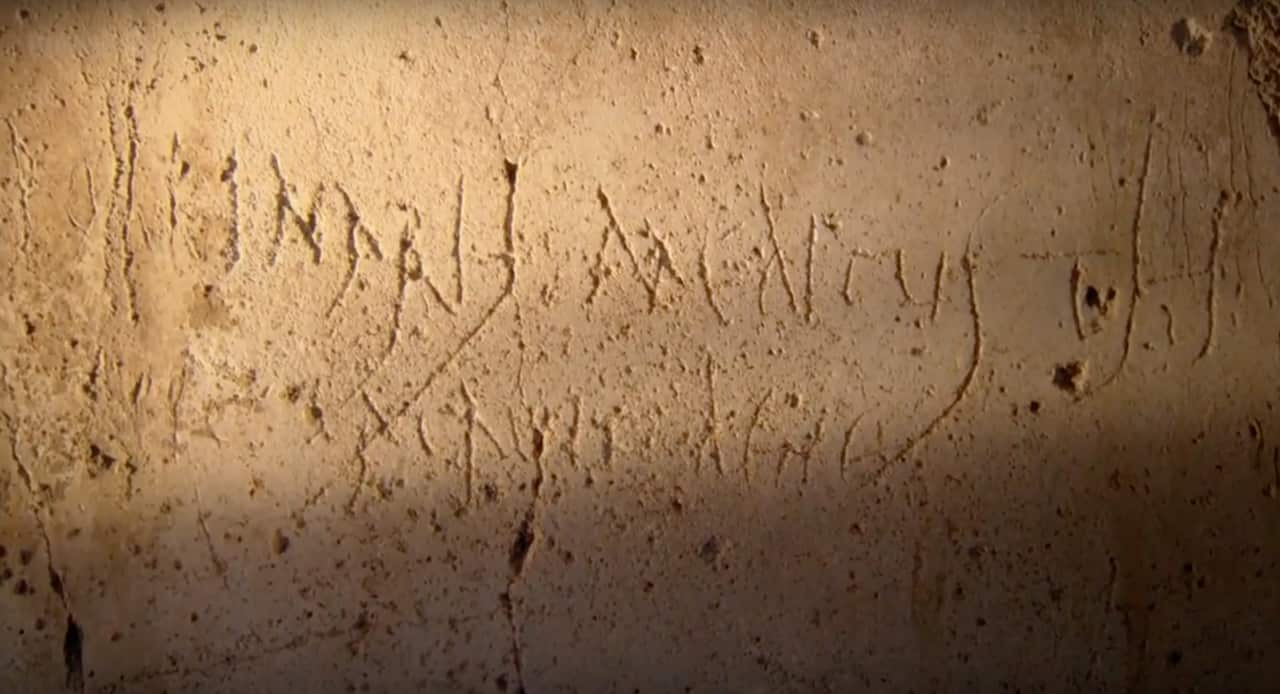
A doctor writes of a job well done on a toilet wall. What a moving message. Source: BBC
Pompeian walls both inside and out were covered in graffiti from advertisements to declarations of unrequited love. One reads: “Successus the weaver’s in love with Iris and she doesn’t give a toss.”
Some historians have estimated that literacy was as low as 20 per cent in males but the ubiquity of the graffiti would suggest otherwise.
Natural disasters can be utterly, cruelly brutal
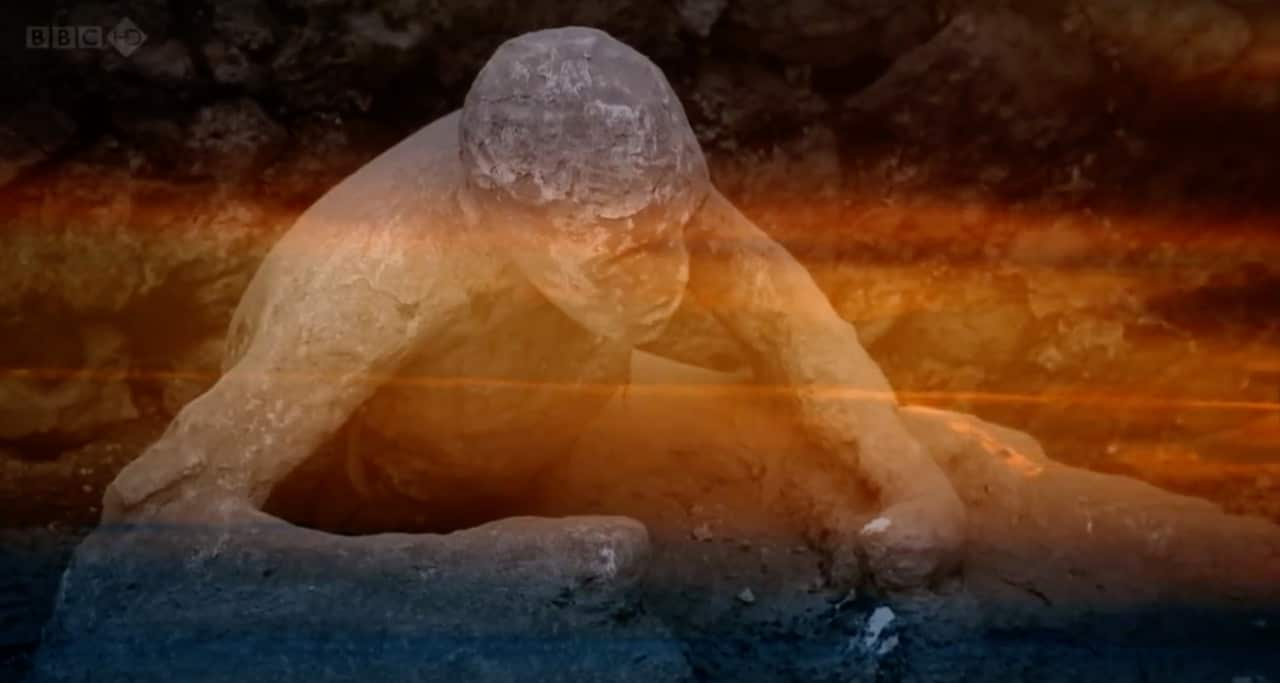
A Pompeian is frozen in time. Source: BBC
Watch Pompeii: New Secrets Revealed right here:
more on the guide

Meet the Aussie inventor whose watch reduces Parkinson’s tremors
